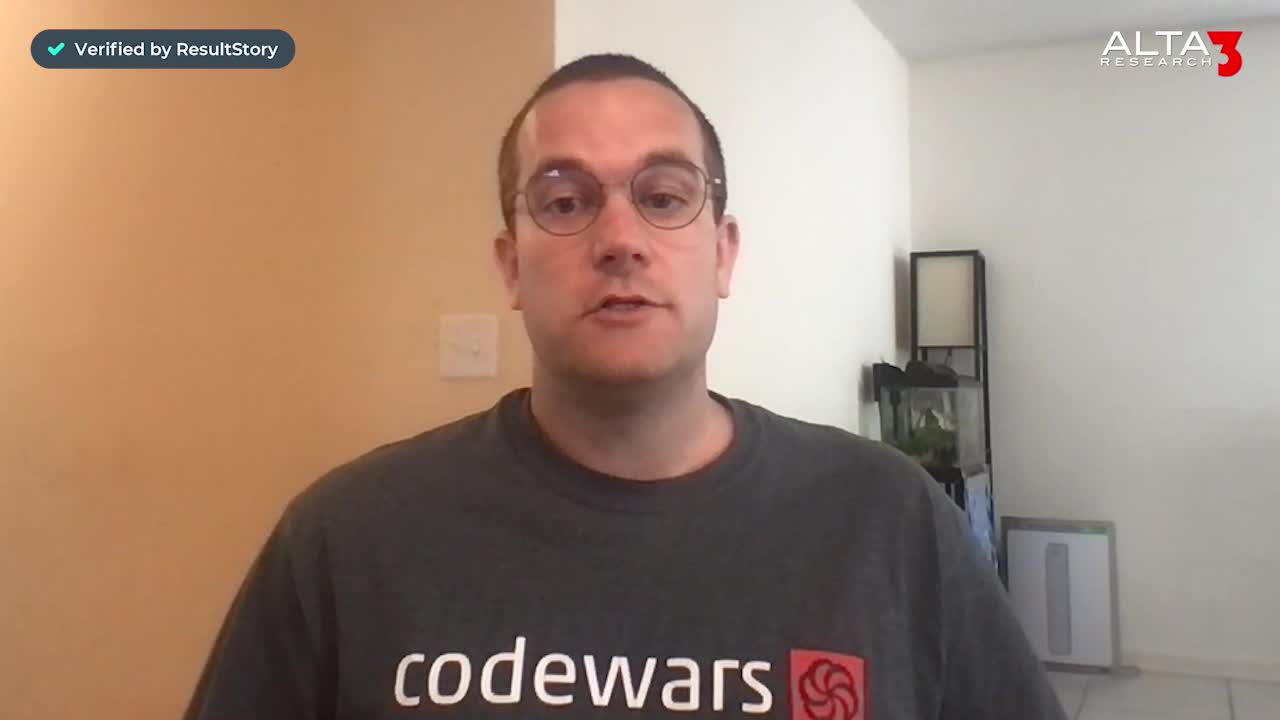Integrating NIST Frameworks (ERM/CSF/RMF)
Elevate your cybersecurity capability with the Integrating NIST Frameworks course, designed for professionals aiming to master NIST's ERM, CSF, and RMF frameworks, offering comprehensive skills for managing cybersecurity risks effectively.
Enroll
Essential Skills Gained

Understand NIST's ERM, CSF, and RMF frameworks and their integration.

Design enterprise risk management strategies using NIST guidelines.

Implement cybersecurity measures aligning with global standards.

Evaluate organizational risk using NIST framework tools.
Format
- Instructor-led
- 3 days with lectures and hands-on labs.
Audience
- Cybersecurity Professionals
- Risk Management Specialists
- IT Security Managers
- Compliance Officers
Description
This three-day Integrating NIST Frameworks (ERM/CSF/RMF) course helps students to understand the background and integration of several key frameworks from the National Institute of Standards and Technology (NIST). The course explains the background and application of NIST's Cybersecurity Framework (CSF) version 2.0, Enterprise Risk Approach, and Risk Management Framework (RMF), and their relationship to other NIST models such as those for Cybersecurity Workforce, Privacy Risk Management, and Cybersecurity Supply Chain Risk Management (C-SCRM). Discussion also addresses NIST Special Publication 800-171, Protecting Controlled Unclassified Information in Nonfederal Systems and Organizations, that many private organizations must apply within their own operations. Using CSF’s proven components (updated in 2024) as a way to organize risk expectations, outcomes and communication, the course explains the interaction among mission objectives and priorities, risk management through the language of business, and application of those objectives for managing risk for business systems and services. The course is developed and delivered by one of the primary CSF authors and includes materials help students to apply the CSF principles to treat cybersecurity risk management as an enterprise practice. The course helps security teams understand how to manage risk in light of executives' priorities, and it helps leaders apply the necessary privacy & security enablers to be prepared for an ever-evolving cybersecurity risk landscape. Note that although this course has been developed and will be delivered by an engineer that participated in numerous NIST projects, NIST itself does not deliver or endorse any formal courses about their risk management or cybersecurity initiatives.
Course Outline
Download PDFSection 1 - Course Introduction
Overview of course objectives and organization.
Role of NIST in setting international standards.
Section 2 - The Basics of Cybersecurity Risk Management
Defining terms like threats and vulnerabilities.
Internationally-recognized standards for risk management.
Scope of risk management programs.
Purpose and process for risk identification.
Effective risk analysis methodologies.
Risk evaluation and response.
Monitoring and reviewing ongoing risk conditions.
Section 3 - Introduction to the NIST Cybersecurity Framework v2.0
Creation and evolution of the NIST CSF.
Uses and benefits of the Framework.
Framework components overview.
Section 4 - Detailed Review of the Framework Core
Overview of the Framework's six functions.
In-depth review of CSF 2.0 Core elements.
Demonstration of NIST’s Online Informative Reference Program.
Section 5 - Organizational Assessment through the Framework Implementation Tiers
Explanation of the Implementation Tiers.
Description of each Implementation Tier level.
Section 6 - Planning and Recording Organizational Outcomes through Framework Profiles
Structure and examples of CSF profiles.
Methods for documenting organizational states.
Considerations for measuring progress.
Section 7 - The Cybersecurity Framework Five-Step Process
Step-by-step application of the CSF’s implementation process.
Section 8 - Introduction to the NIST Risk Management Framework
Origin and evolution of the RMF.
Overview of the RMF seven-step process.
Section 9 - Integration of CSF and RMF with Other Key Frameworks
Integration of NIST frameworks with industry models.
Relationship to NIST Special Publication 800-171.
Section 10 - Applying NIST Frameworks to Real-World Cybersecurity
Transitioning from theoretical understanding to real-world application.
Review of roles and responsibilities from NIST models.
Your Team has Unique Training Needs.
Your team deserves training as unique as they are.
Let us tailor the course to your needs at no extra cost.
See What Other Engineers Are Saying
Trusted by Engineers at:
and more...

Aaron Steele

Casey Pense

Chris Tsantiris

Javier Martin

Justin Gilley

Kathy Le

Kelson Smith

Oussama Azzam

Pascal Rodmacq

Randall Granier

Aaron Steele

Casey Pense

Chris Tsantiris

Javier Martin

Justin Gilley

Kathy Le

Kelson Smith

Oussama Azzam

Pascal Rodmacq

Randall Granier